To achieve a high-quality and abundant harvest, the first step is to prioritize the quality of your seeds. Many gardeners and farmers go to great lengths to enhance seed quality before planting.
However, soaking seeds prior to sowing can sometimes lead to poor germination, resulting in complaints to seed producers and sellers about low-quality grains. In this article, we’ll explore when soaking seeds is necessary and how to do it correctly to ensure successful planting.
Why is seed soaking necessary before planting?
- 1. Seeds are soaked to help “wake up” the plant and make it easier for it to sprout once sown into the soil.
- 2. In some cases, it is recommended to use growth stimulants to speed up germination and give the young plant an essential boost at the beginning of its development.
- 3. If the seeds have not been treated at the factory to protect against diseases and pests, it is advised to soak them with a disinfectant solution before planting. This helps protect the seedlings from harmful organisms during the early growth stages.
Which Seeds Should Be Soaked Before Planting?
The seed market offers a wide variety of options, including both imported and domestically produced seeds. So-called “Dutch” seeds, for instance, typically don’t require pre-soaking or disinfection, as they are thoroughly treated at the manufacturer’s facility—a detail usually indicated on the packaging.
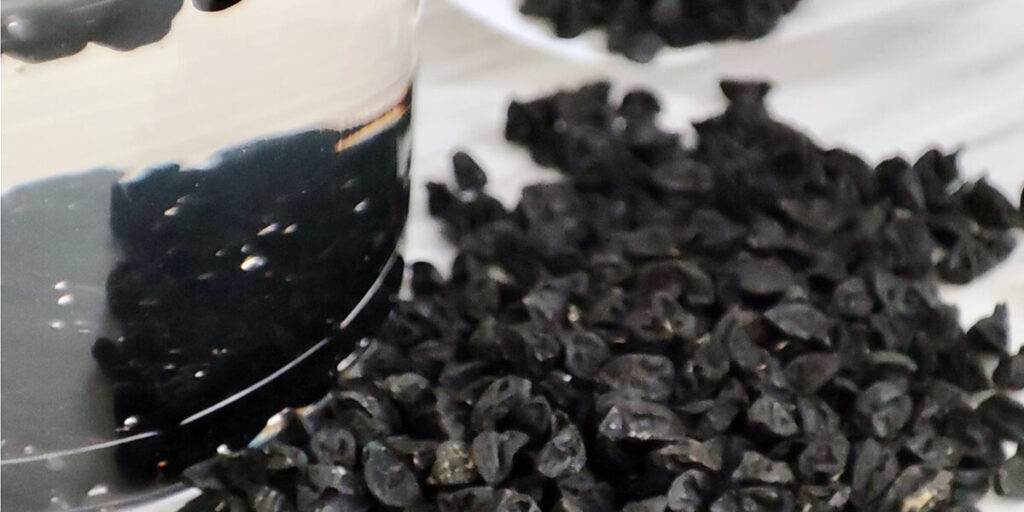
Professional seeds, such as those for leeks, are calibrated, disinfected, and coated with a protective film, offering enhanced protection against diseases and pests. These seeds often have higher germination rates compared to untreated fresh seeds. For such seeds, dry sowing is sufficient, provided they receive proper conditions and watering post-planting.
Treated seeds may cost more, but the investment often pays off through reduced need for disease and pest control during growth and a higher yield. Choosing these seeds ensures you’re starting with a high-quality product. However, for untreated seeds or those collected by hand, soaking is crucial for disinfection and growth stimulation. This is especially important for:
- Seeds containing protective essential oils that slow germination, such as carrots, parsley, celery, parsnips, dill, and fennel.
- Seeds with thick coatings that protect the seed core and delay germination, including peas, beans, pumpkins, zucchini, pattypan squash, cucumbers, watermelons, and peppers.
If you opt for budget-friendly seeds or collect them yourself from favorite varieties, pre-sowing treatment and soaking are recommended. Here’s how to do it properly.
Guidelines for Soaking Seeds Before Planting
- For soaking, use clean water, or, for faster germination and added stress resistance, a solution with biostimulants.
- Prepare a small container (e.g., a saucer, plate, or glass), gauze (or cotton, napkins, or filter paper), and water or a 0.01% potassium humate solution. Avoid submerging bare seeds in water; instead, wrap them in gauze, napkins, or filter paper to allow air and light access.
- Pour enough water to cover the material with the seeds.
- The water temperature should be at least +20°C, with an optimal range of +25–27°C. 5.
- Cover the container with plastic wrap or glass to create a greenhouse effect.
- Place the container in the dark spot, away from the direct light exposure.
- Change the solution every 4–5 hours to enrich the seeds with oxygen during soaking.8.
- The soaking duration depends on the crop. For example, dill, onions, parsley, and carrots require 48 hours; zucchini, beets, cucumbers, watermelons, cabbage, and tomatoes need 17–18 hours; while peas and beans require 12–15 hours.
- After soaking, seeds can be sprouted, dried, or sown for seedlings.
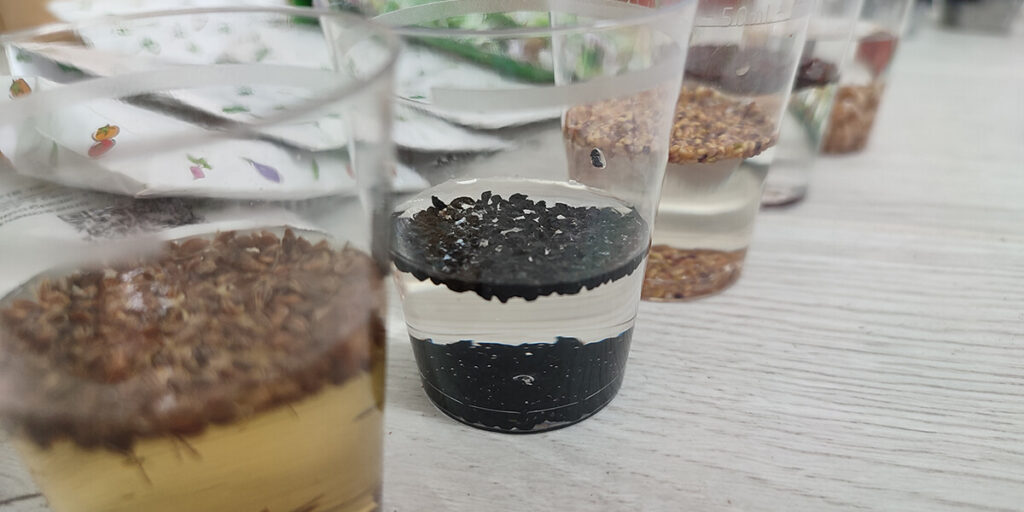
Important: Fine or dust-like seeds should not be soaked. Instead, spread them on a substrate or gauze and periodically mist with a solution containing potassium permanganate, biostimulants, and micronutrients. For untreated seeds, disinfection can be done using professional seed treatments or traditional methods like potassium permanganate or hydrogen peroxide.
If the seeds haven’t been pre-treated, you can disinfect them using commercial products or traditional “folk” methods like potassium permanganate or hydrogen peroxide.
We wish you fertile soil and a bountiful harvest 🙂
If you have found a spelling error, please, notify us by selecting that text and pressing Ctrl+Enter.

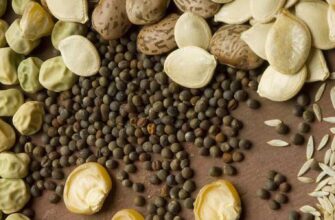
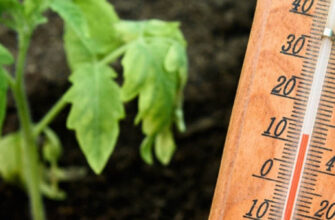
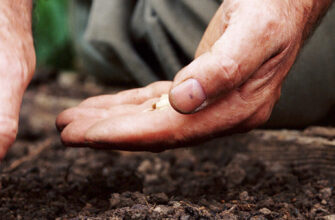
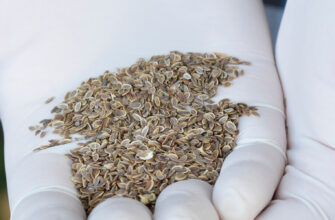
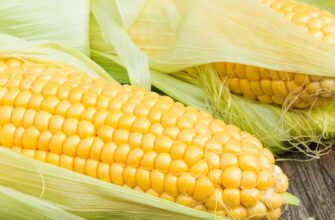
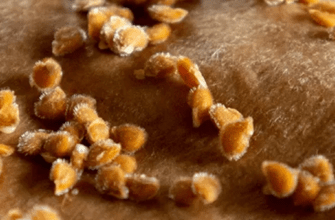
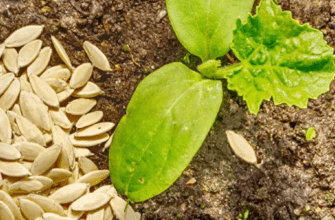
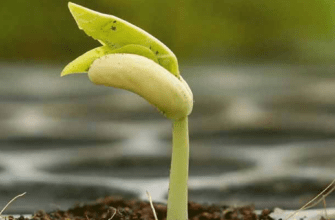
Thank you. Everything is clear and specific. Now there are almost no professional publications on the internet, there is only one copy paste around.
Thank you for your feedback! We always try to provide the right information.